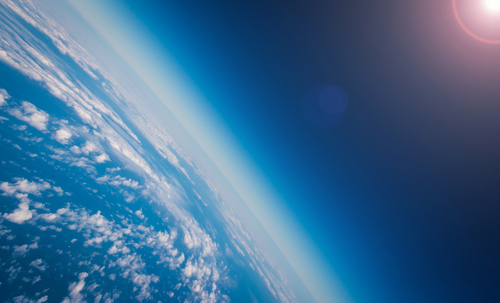On this day in history, March 19th 1943, Mario José Molina-Pasquel Henríquez was born. He is a Mexican chemist and one of the most prominent discoverers of the Antarctic ozone hole.
Mario Molina joined the lab of Professor F. Sherwood Rowland in 1973 as a postdoctoral fellow. His studies here led to research into chlorofluorocarbons (CFCs), which had been accumulating in the atmosphere.
Rowland and Molina had investigated other compounds similar to CFCs before, and together they developed the CFC ozone depletion theory. Molina and Rowland knew that if CFCs released into the atmosphere do not decay by other processes, they continually rise to higher altitudes until they are destroyed by solar radiation.
They discovered that chlorine atoms, produced by the decomposition of CFCs, catalytically destroy ozone. Rowland and Molina published their findings in Nature on June 28, 1974, and also made an effort to announce their findings outside of the scientific community, informing policy makers and the news media of their work.
In 2004 he became professor at the University of California, San Diego and the Center for Atmospheric Sciences at the Scripps Institution of Oceanography. He was a co-recipient of the 1995 Nobel Prize in Chemistry for his role in elucidating the threat to the Earth’s ozone layer of chlorofluorocarbon gases (or CFCs), becoming the first Mexican-born citizen to ever receive a Nobel Prize in Chemistry.
Attesting to the continuing importance of their discovery, to this day there are still laws that protect the ozone layer by regulating the use of CFCs. Molina is a climate policy adviser to President of Mexico, Enrique Peña Nieto.


